|
K.C.S.E Physics Q & A - MODEL 2019PP1QN07
A student carrying a heavy box using the right hand is observed to lean towards the left hand side. Explain this observation.
answer
0 Comments
K.C.S.E Physics Q & A - MODEL 2019PP1QN06
On the axes provided, sketch a displacement — time graph for a trolley moving down a frictionless inclined plane till it reaches the end of the incline.
K.C.S.E Physics Q & A - MODEL 2019PP1QN05
Figure 3 shows two metal rods A and B of equal length made of the same material but different diameters wax is attached at one end of each rod. A source of heat is placed between the two metal rods.
State with a reason, what is observed on the wax.
answer
K.C.S.E Physics Q & A - MODEL 2019PP1QN04
Figure 2 shows a round bottomed flask containing a coloured liquid. The flask is fitted with a capillary tube.
It is observed that on holding the flask with bare hands, the level of the liquid in the capillary tube initially drops slightly and then rises. Explain this observation.
answer
K.C.S.E Physics Q & A - MODEL 2019PP1QN03
State two ways of reducing the surface tension of a liquid.
answer
K.C.S.E Physics Q & A - MODEL 2019PP1QN02
Figure 1 shows a defective straw used to suck milk from a glass.
It was observed that upon sucking the straw, milk did not rise up the straw. Explain this observation.
answer
K.C.S.E Physics Q & A - MODEL 2019PP1QN01
A micrometer screw gauge has a -0.03 mm error. State the reading that is observed on the instrument when used to measure the diameter of a wire whose actual diameter is 0.38 mm.
K.C.S.E Physics Q & A - MODEL 2019PP2QN18
(ii) Describe how a magnet can be demagnetised using the electrical method.
(b) You are provided with two iron bars P and Q. One of the bars is magnetized while the other is not. Explain how themagnetized bar can be identified without using a magnet or magnetic material. (c)Figure 12 shows two identical copper coils X and Y placed close to each other. Coil X is connected to a DC power supply while coil Y is connected to a galvanometer.
Explain what is observed on the galvanometer When the Switch is closed.
(ii) State What is observed on the galvanometer when the switch is opened. (iii) State what wou1d be observed if the number of turns in coil Y is doubled.
answers
(a) Place the bar magnet inside a solenoid placed in the an East-West direction then pass an alternating current through the solenoid
(b) Suspend each of the bars through its center of gravity and set it swinging in a horizontal plane shows a vertical axis through its centre The magnetized bar will always come to rest in a north-south direction (c) (i) The galvanometer pointer first deflects then moves back when the switch is closed a current builds up in a coil X and due to change influx linkage an emf is induced in coil Y making an induced current to flow through the galvanometer during the time current in coil X is rising. When current through coil X is steady no induced current flows through the galvanometer since there is no change in flux linkage Therefore pointer deflects back (ii) Pointer deflects in the opposite direction. (iii) Magnitude of deflection increases K.C.S.E Physics Q & A - MODEL 2019PP2QN17
(a) Figure 10 shows a ray of light travelling from glass to air.
Determine the:
(i) critical angle of the glass — air interface (ii) refractive index of glass (b) Apiece of metal is embedded at the centre of an ice block 15cm from the surface of the ice. Given that the refractive index of ice is 1.32, determine how far from the surface of the ice block the metal appears to be. (c) Figure 11 shows, two rays of incident on a diverging lens.
Complete the ray diagram to show the path of the rays after passing through the lens.
(d) (i) State two differences between the human eye and a camera lens. (ii) State the name of the part of the eye that enable the lens to focus images of objects at different distances. K.C.S.E Physics Q & A - MODEL 2019PP2QN16
(a) Define the following terms as used in waves:
(I) Amplitude (ii) Wavelength (b) Figure 8 shows water waves approaching a straight reflector at a speed of 40 cm/s.
(I) Draw on the diagram the reflected waves.
(ii) Given that the distance between the source and the reflector is 15 cm determine: I. the wavelength of the waves II. the frequency of the waves (c) Figure 9 Shows light rays from two coherent sources S1 and S2 falling on a screen. Dark and bright fringes are observed between A and B
(i) State how:
I. bright fringes are formed II. dark fringes are formed (ii) State what is observed when light of a higher frequency is used.
ANSWERS
(a)(i)Amplitude is the maximum displacement of a particle from the mean position
(ii)Wavelength is the distance between two successive points in a wave which are in phase OR Distance between two successive crests or troughs in a transverse Wave/between rarefaction or compressions in a longitudinal wave.
(c)(I) due to constructive interference
(II) due to destructive interference (ii) The fringes get closer OR When the frequency is higher the wavelength reduces hence the fringe separation decreases K.C.S.E Physics Q & A - MODEL 2019PP2QN15
(a) On the axes provided, sketch a graph of capacitance against the area of overlap of the plates of a parallel-plate capacitor.
(b) (I) Draw a circuit diagram that may be used to investigate the discharging process of a capacitor.
(ii) On the axes provided sketch the graph of potential difference between the plates against time for
the discharging process.
(c) Figure 7 shows three capacitors connected to a 6V battery.
Determine the:
(i) effective capacitance (ii) total charge stored (iii) potential difference across the 4uF capacitor K.C.S.E Physics Q & A - MODEL 2019PP2QN14
Figure 6 shows radiation from the sun passing through glass in a greenhouse onto the floor. The floor then emits radiation
State the name of the radiation emitted by the floor.
answer
K.C.S.E Physics Q & A - MODEL 2019PP2QN13
State the disadvantage using a convex mirror as a driving mirror
answer
K.C.S.E Physics Q & A - MODEL 2019PP2QN12
Uranium decays as shown below.
Name the particle X that is emitted during this decay.
answer
K.C.S.E Physics Q & A - MODEL 2019PP2QN11
Figure 5 shows part of the lighting circuit in a house.
State two errors in the wiring circuit.
answers
K.C.S.E Physics Q & A - MODEL 2019PP2QN10
State how the intensity of X-rays in an X-ray tube can be increased.
answer
K.C.S.E Physics Q & A - MODEL 2019PP2QN09
Figure 4 shows the input and output signals on a CRO screen when two diodes are used during a full wave rectification.
Explain how the two diodes rectify the input signal.
answers
K.C.S.E Physics Q & A - MODEL 2019PP2QN08
State two uses of gamma rays in medicine.
answers
K.C.S.E Physics Q & A - MODEL 2019PP2QN07
Figure 3 shows a cell connected in series with an ammeter, a 2 ohms resistor and a switch.A voltmeter is connected across the cell.
With the switch open, the voltmeter reads 1.5 V. Given that the internal resistance of the cell is 0.5 ohms , determine the ammeter reading when the switch is closed.
K.C.S.E Physics Q & A - MODEL 2019PP2QN06
State the reason why the current produced by a simple cell falls rapidly when the cell is being used,
answer
K.C.S.E Physics Q & A - MODEL 2019PP2QN05
In a siren, sound is produced when a jet of air is directed perpendicular to a ring of holes on a rotating wheel. Explain the effect on the pitch of sound produced when the speed of rotation of the wheel is increased.
answer
K.C.S.E Physics Q & A - MODEL 2019PP2QN04
Figure 2 shows an incomplete circuit for an electromagnet.
(a) Complete the diagram to show how a battery should be connected at A so that the polarities at P and Q are South and North respectively.
(b) State two ways in which the strength of the electromagnet in (a) can be increased.
K.C.S.E Physics Q & A - MODEL 2019PP2QN03
State two properties of magnetic field lines around a bar magnet.
answers
K.C.S.E Physics Q & A - MODEL 2019PP2QN02
State the reason why an increase in leaf divergence is the only sure way of determining whether an object is negatively charged using a negatively charged electroscope.
answer
K.C.S.E Physics Q & A - MODEL 2019PP2QN01
Figure 1 shows two plane mirrors inclined at an angle of 120 to each other. A ray of light makes an angle of 40° with the first mirror.
By completing the ray diagram determine the angle of reflection on the second mirror.
|
CATEGORIES
Categories
All
Topics
FORM I - PHYSICS SYLLABUSFORM II - PHYSICS SYLLABUSTOPICS
FORM III - PHYSICS SYLLABUSFORM IV - PHYSICS SYLLABUSARCHIVES
RSS FEEDS
AUTHOR
M.A NyamotiMy passion is to see students pass using right methods and locally available resources. My emphasis is STEM courses
|
Can't find what you are looking for? Don't worry, Use the Search Box Below.
|
Primary Resources
College Resources
|
Secondary Resources
|
Contact Us
Manyam Franchise
P.O Box 1189 - 40200 Kisii Tel: 0728 450 424 Tel: 0738 619 279 E-mail - sales@manyamfranchise.com |

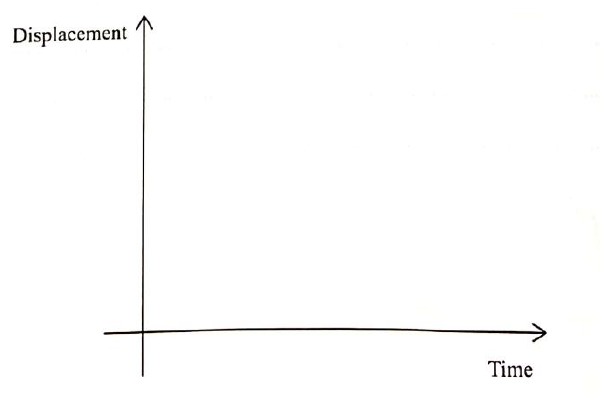
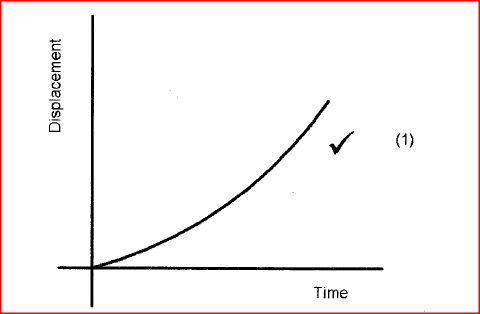


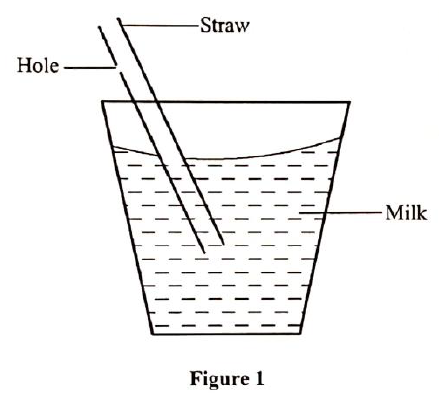

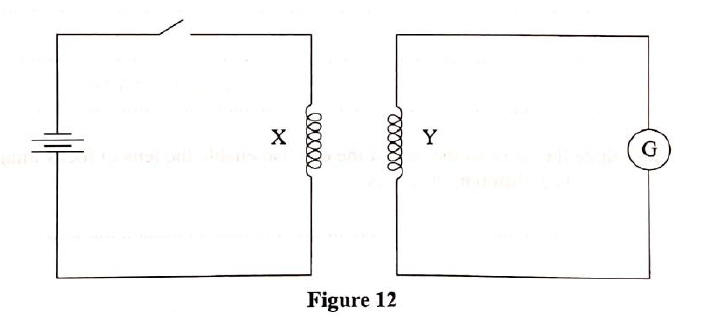
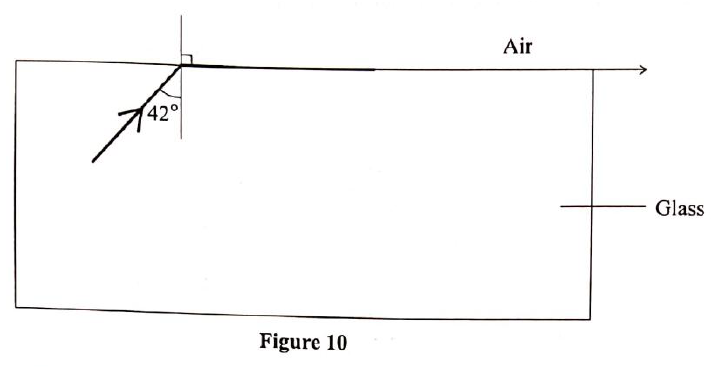
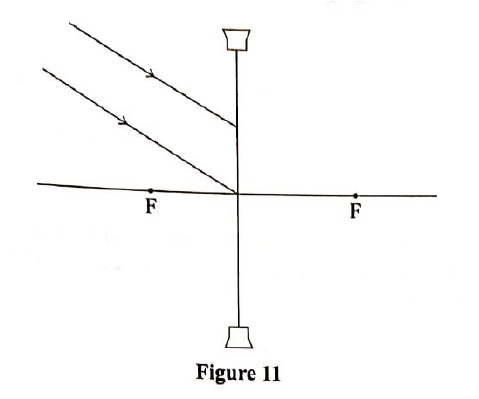
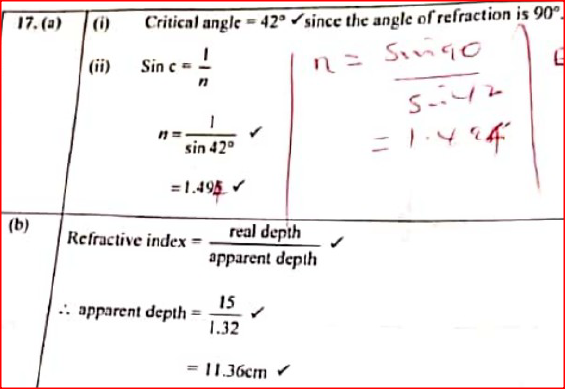
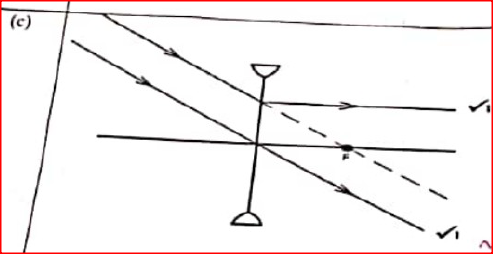
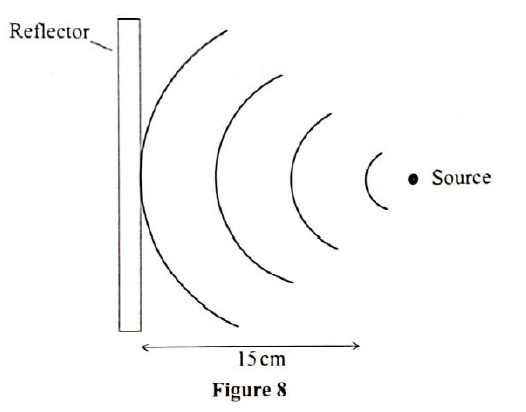
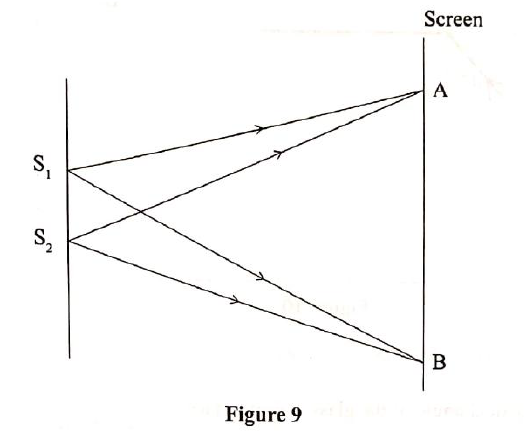
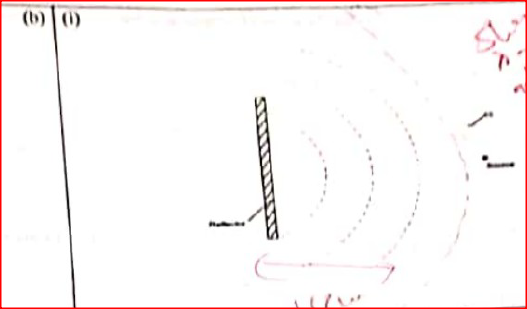
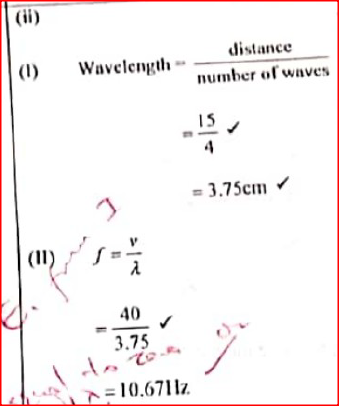



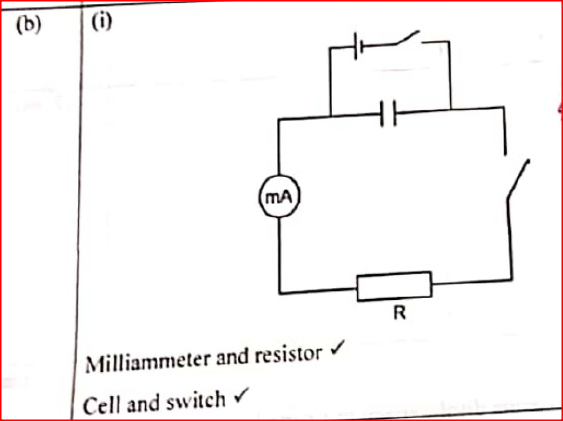



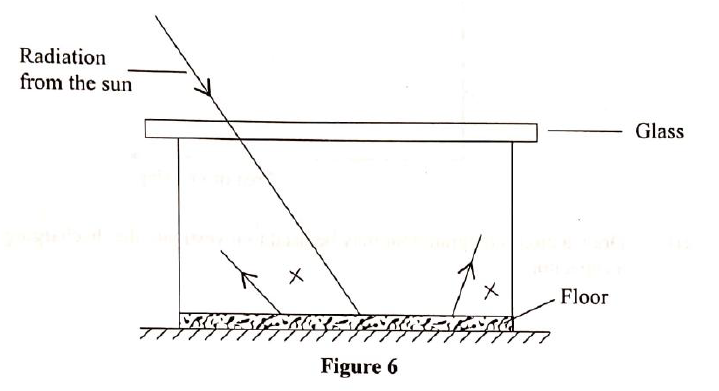

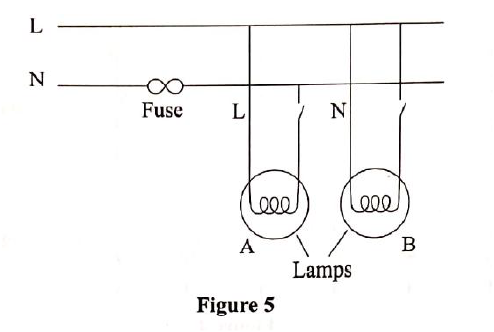
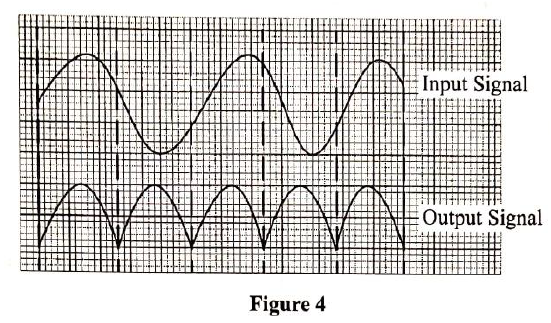
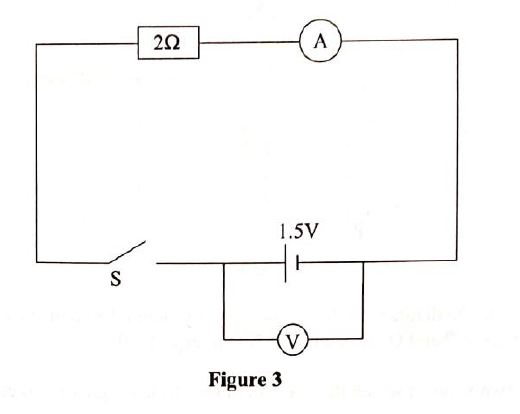
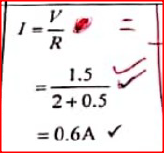
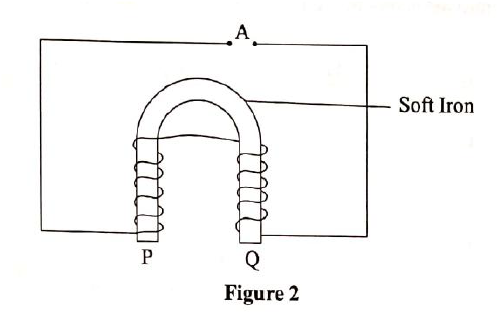
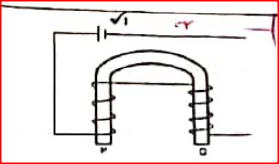
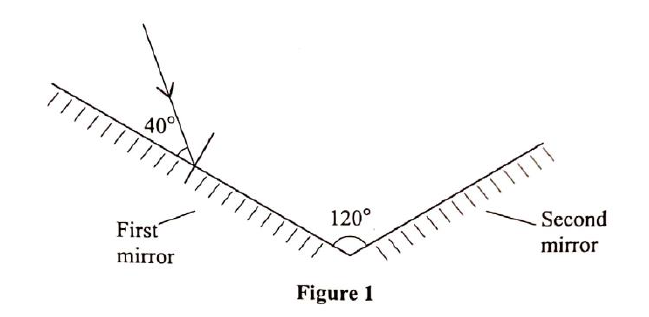
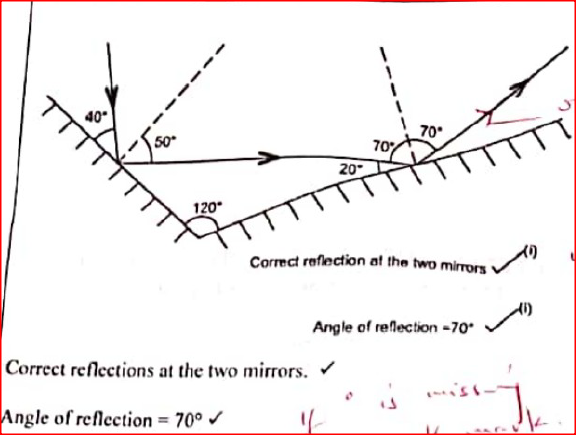
 RSS Feed
RSS Feed

